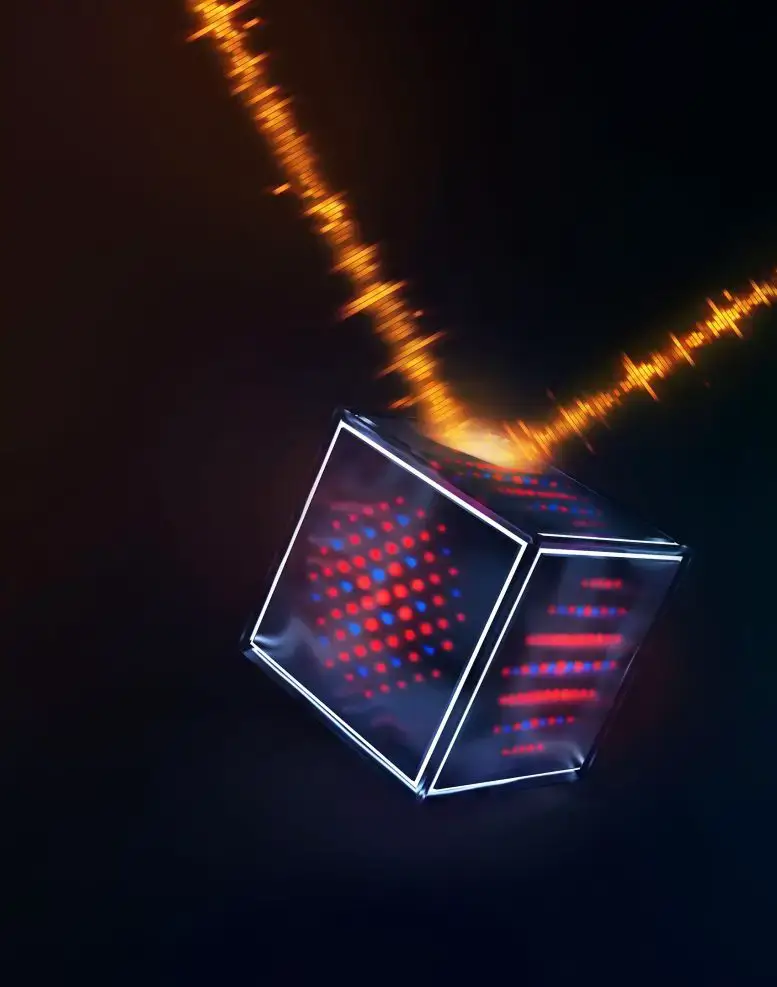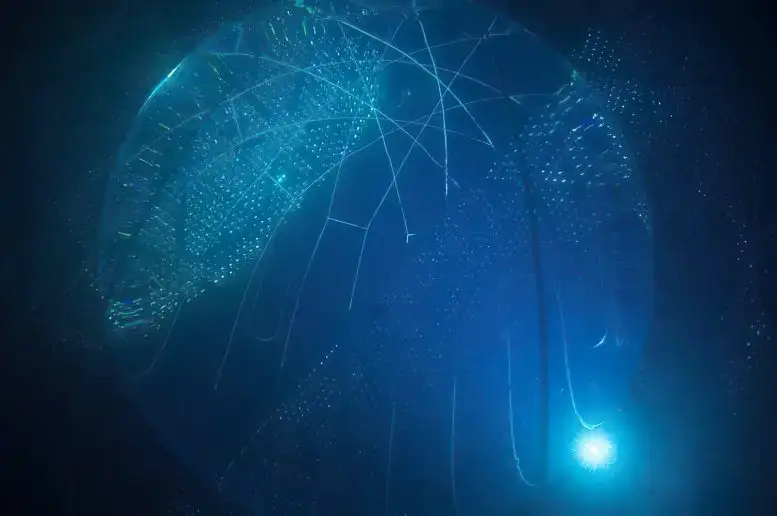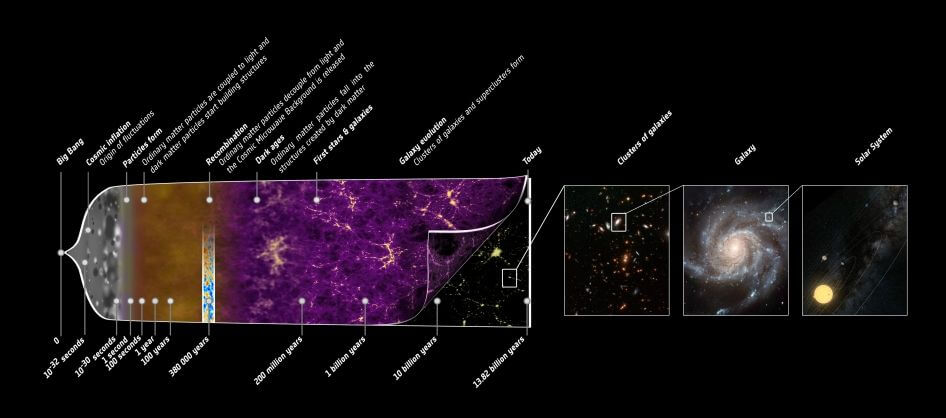Researchers have reached an important milestone in[{” attribute=””>quantum computing by extending the lifetime of quantum information beyond the breakeven point using Quantum Error Correction, opening the path for effective quantum information processing amidst real-world noise.
Understanding Decoherence and Quantum Error Correction
The Breakeven Point and Quantum Error Correction
To mitigate the effects of decoherence, Quantum Error Correction (QEC) is implemented. Despite this, previous experimental attempts to use QEC were mostly unsuccessful as the speed of the error correction was slower than the rate of decoherence. This resulted in the quantum system losing information faster than QEC could compensate. The term breakeven describes the juncture where the added complexity of the correction circuit just manages to counteract the induced decoherence.
Extended Lifetimes and New Possibilities
Looking Forward: Error-Corrected Qubits and Real-World Challenges
As quantum systems in the real world are unavoidably affected by noise, the next challenge for this research platform is to realize high-fidelity logical operations between two error-corrected qubits.
Implementing Grid Code in Quantum Experiments
The experiment utilized the grid code within an electromagnetic mode located in a superconducting cavity. The quantum state of this mode is managed by an auxiliary superconducting circuit, known as the transmon. To conduct the experiment, scientists cooled the system inside a dilution refrigerator to a temperature 100 times colder than the cosmic background of outer space. An external controller coordinated the quantum error correction process, which only took a few hundred nanoseconds, and a reinforcement learning agent optimized the process to offset the imperfections in the experimental setup and the controller.
Reference: Real-time quantum error correction beyond break-even by V. V. Sivak, A. Eickbusch, B. Royer, S. Singh, I. Tsioutsios, S. Ganjam, A. Miano, B. L. Brock, A. Z. Ding, L. Frunzio, S. M. Girvin, R. J. Schoelkopf and M. H. Devoret, 22 March 2023, Nature.
DOI: 10.1038/s41586-023-05782-6
This work was conducted at Yale University and funded in part by theCo-design Center for Quantum Advantage(C2QA), a national quantum information science research center led by Brookhaven National Laboratory.



